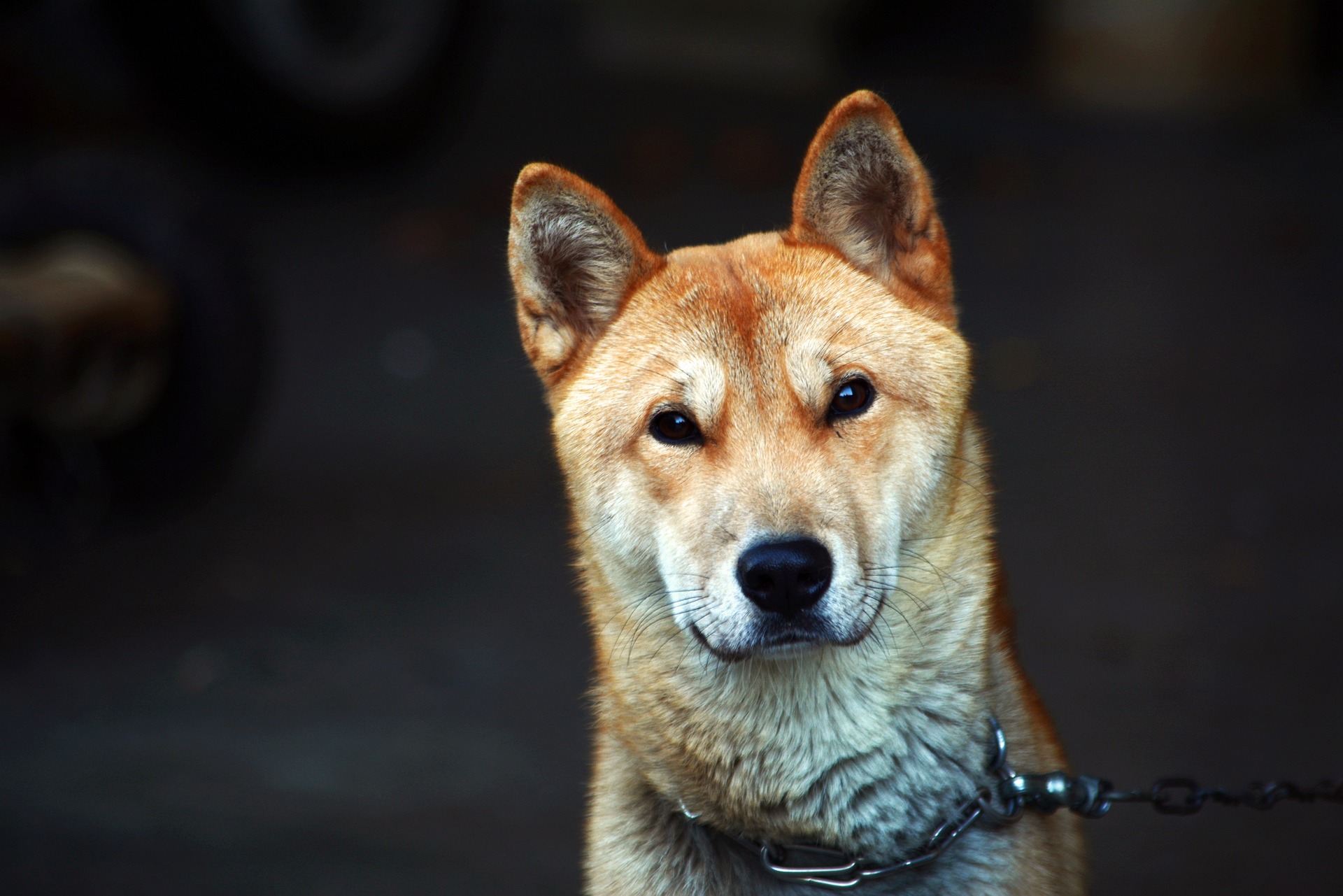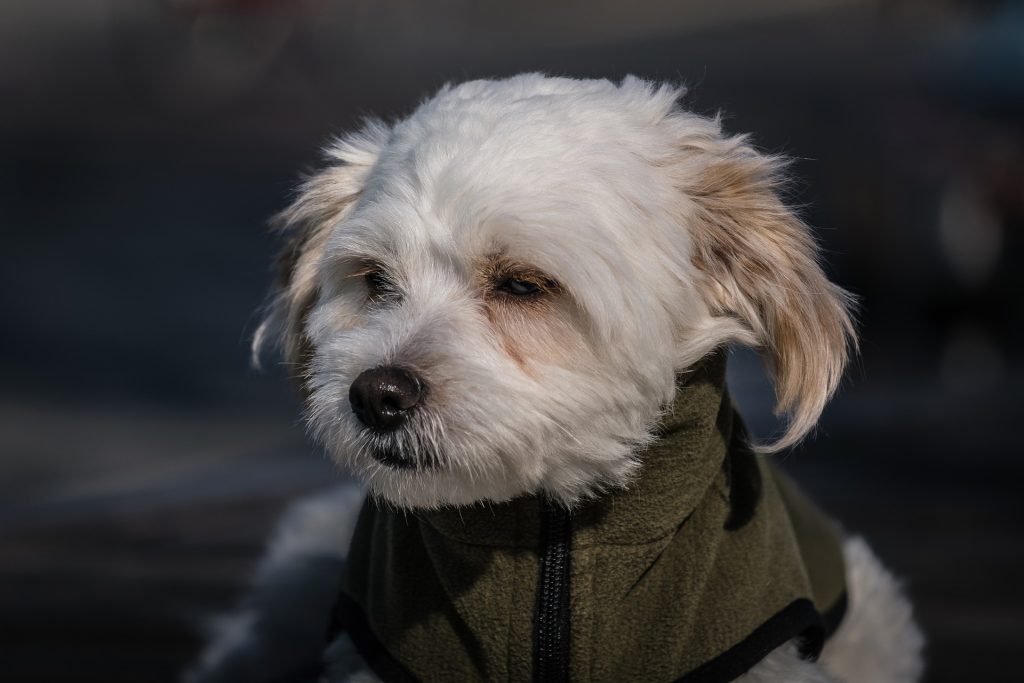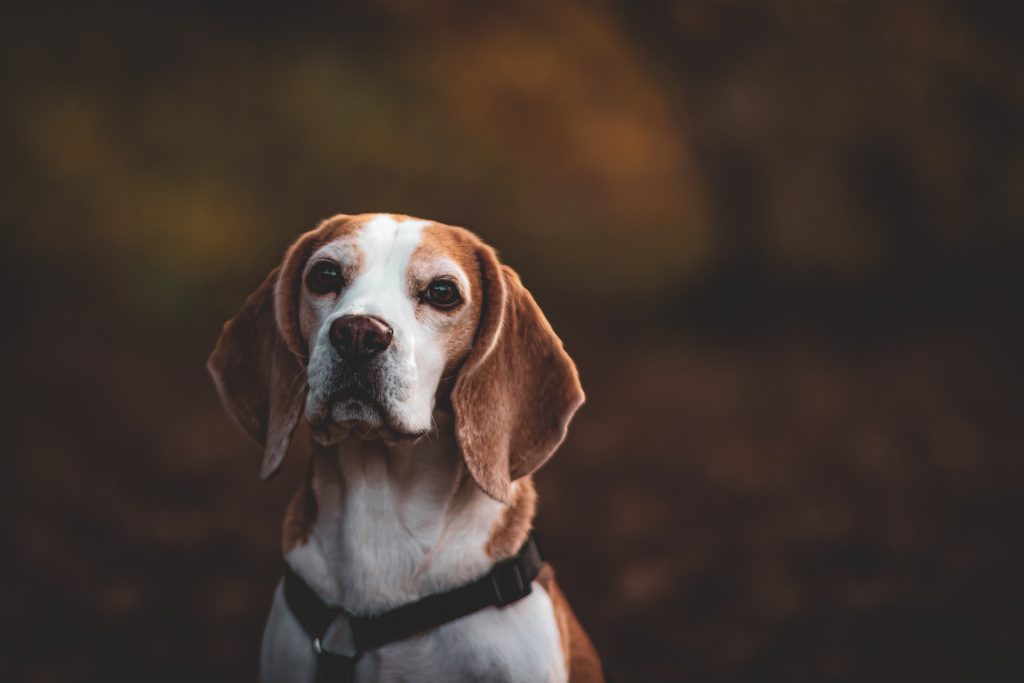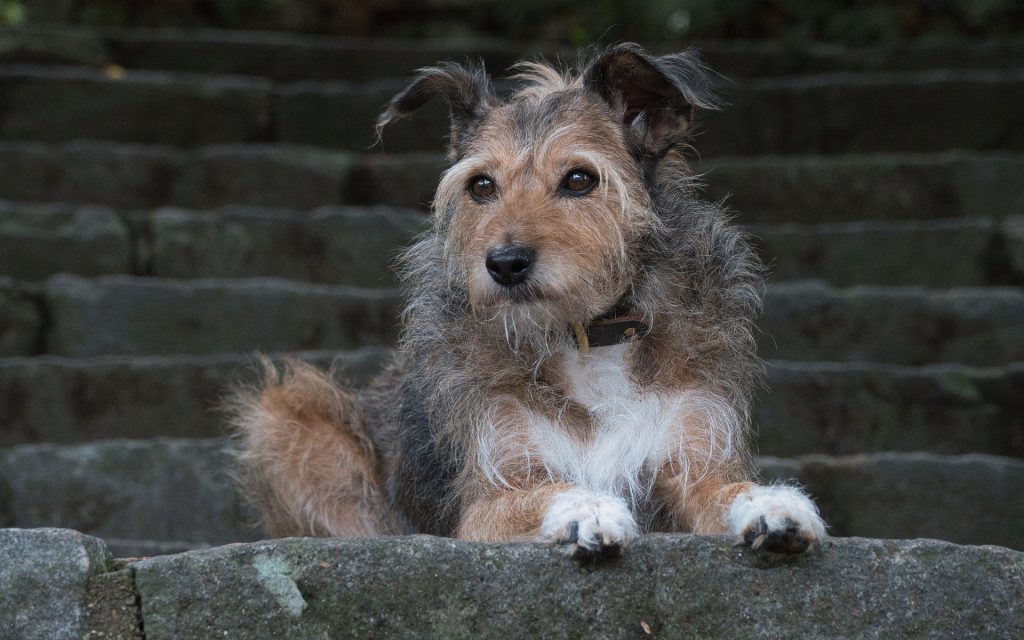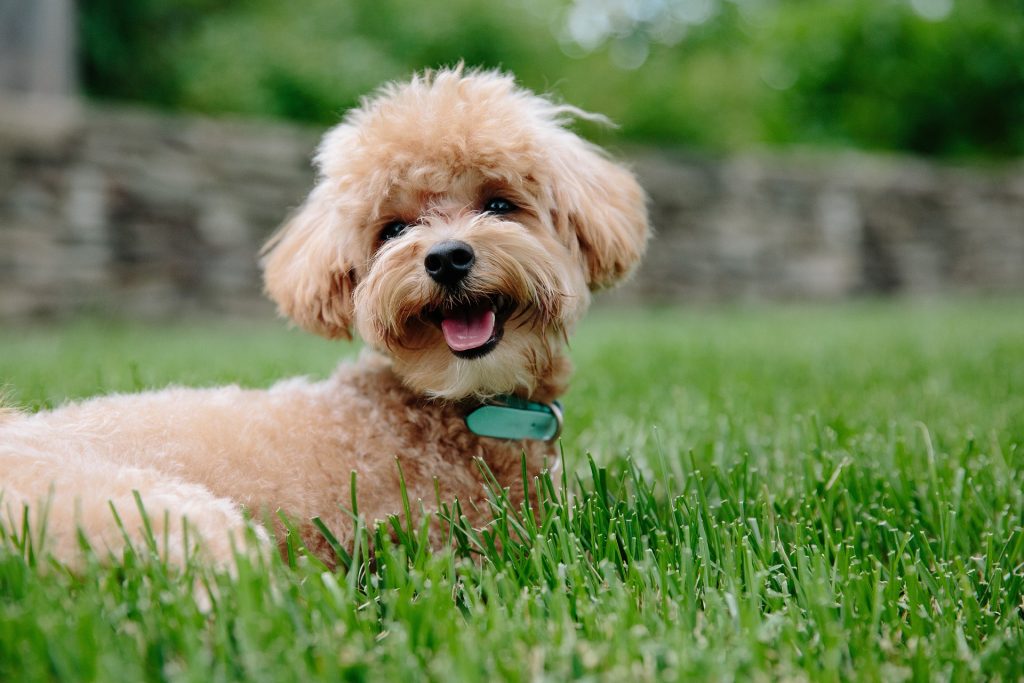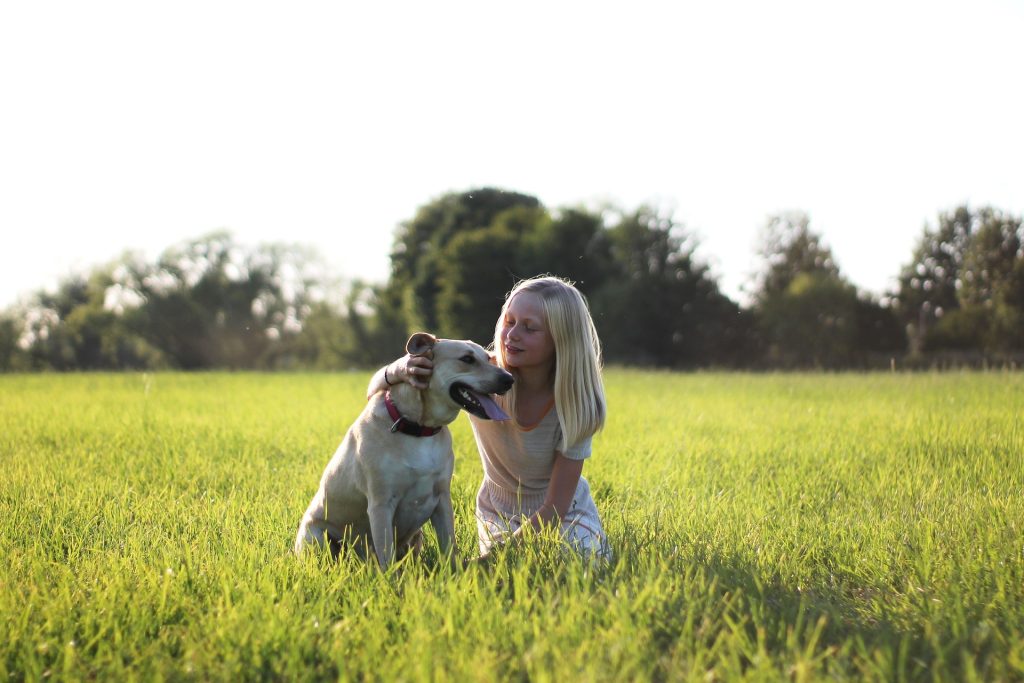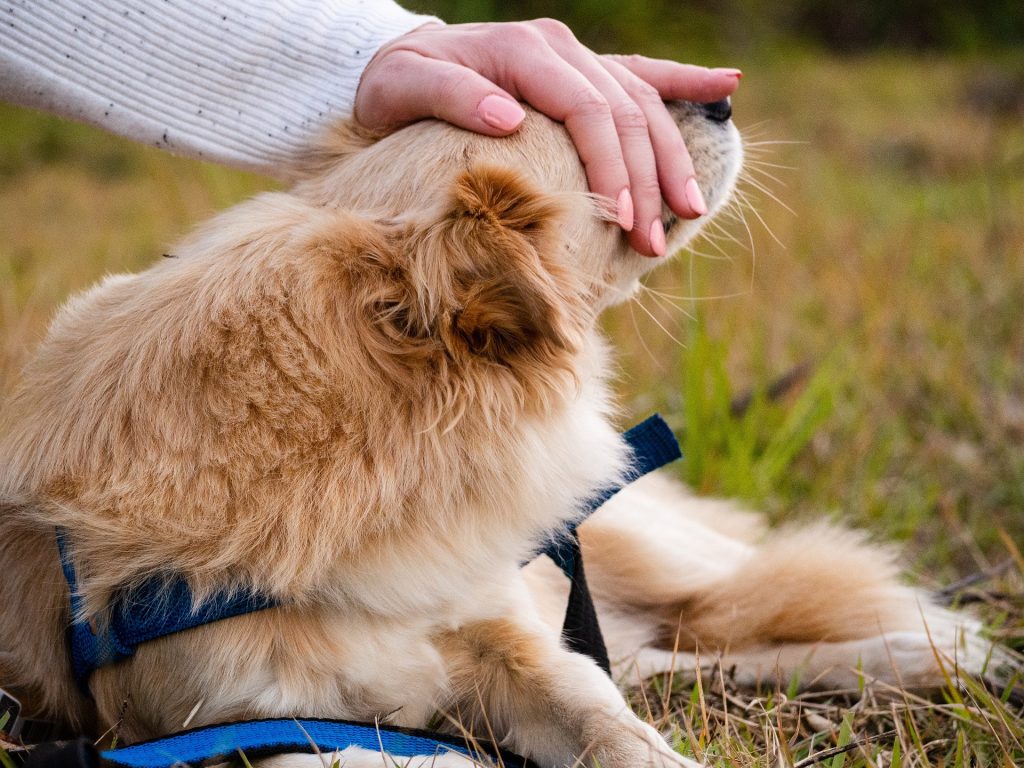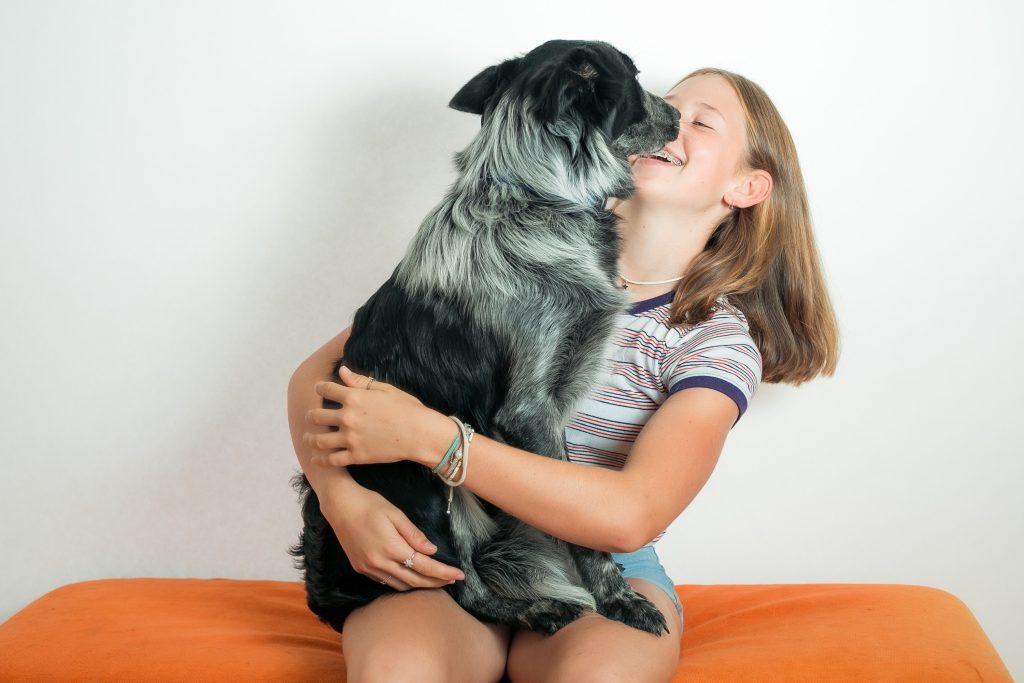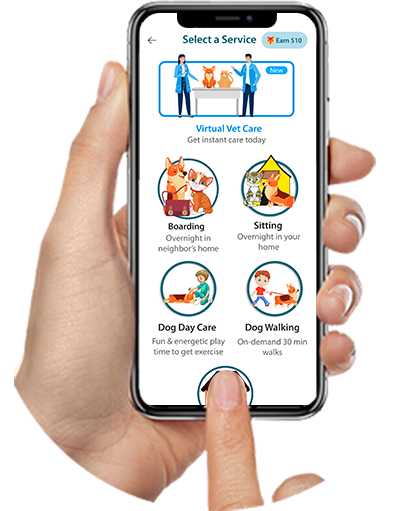
Veterinarian Moreno Valley CA
Keep your pet’s health concerns at bay. Bid goodbye to long waits and emergency pet care because now you can get personalized advice, care suggestions, and prompt responses for your pets. Enjoy unmatched convenience by connecting with a dedicated animal health professional now.

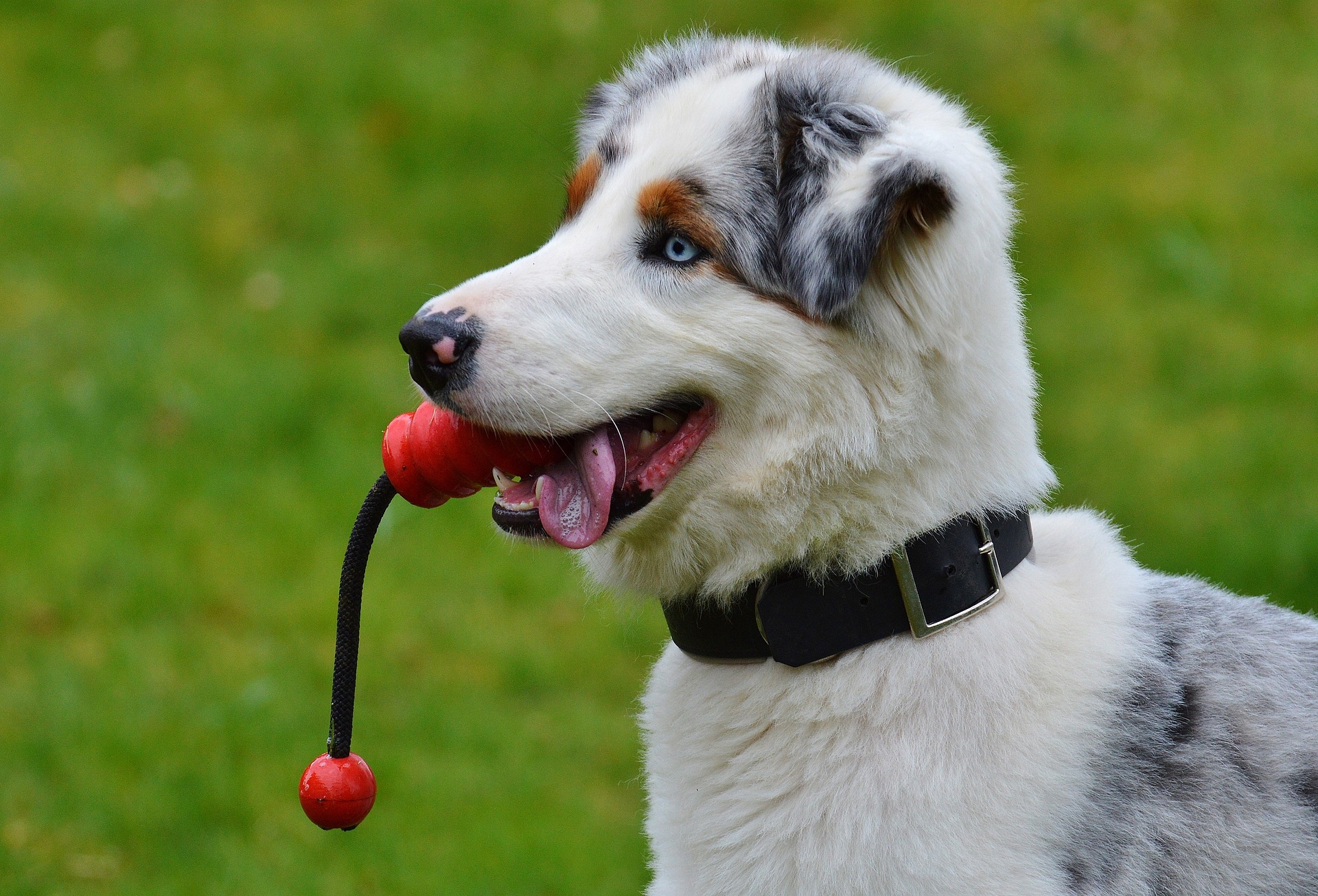
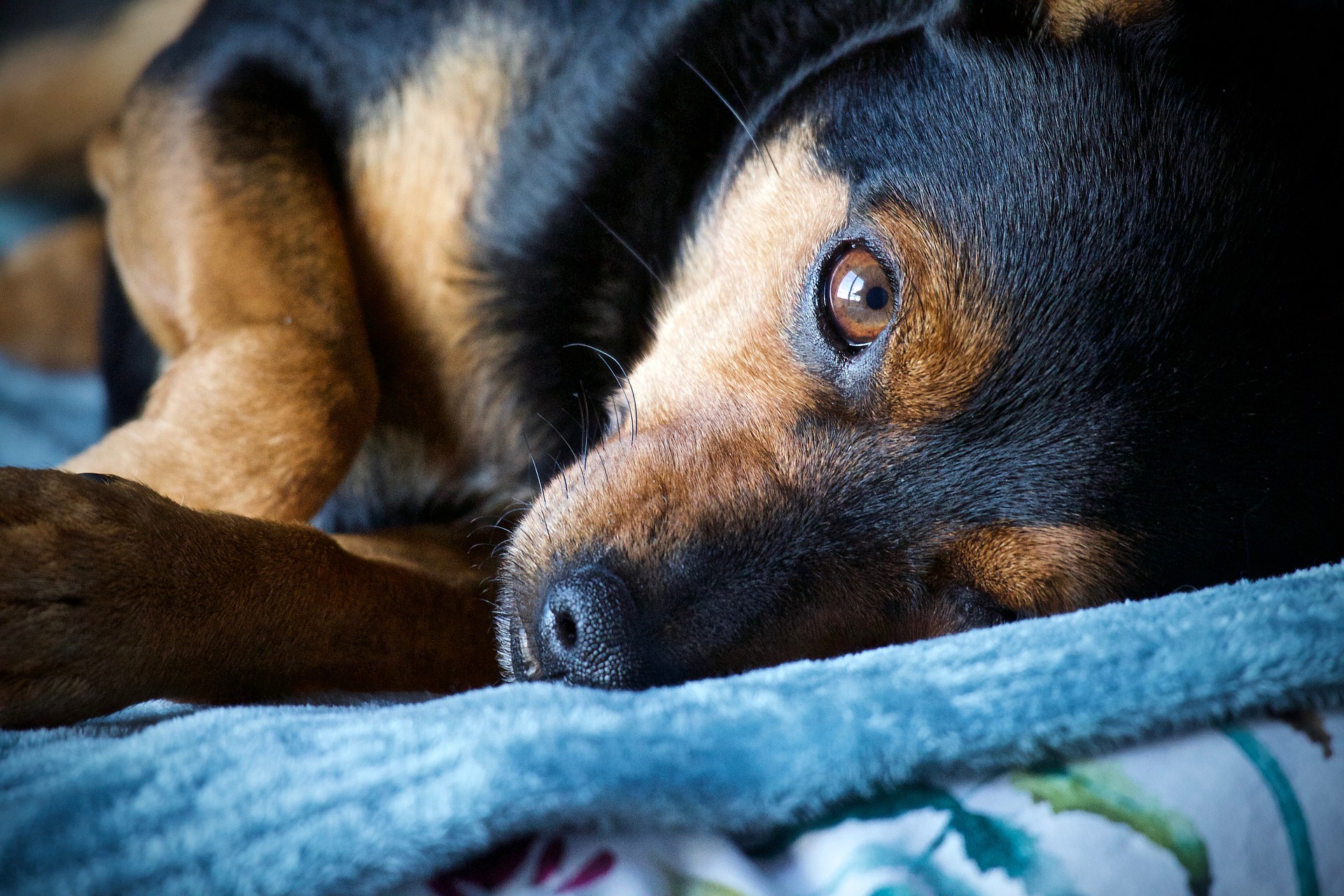
 On demand visits for urgent issues 24/7
On demand visits for urgent issues 24/7 